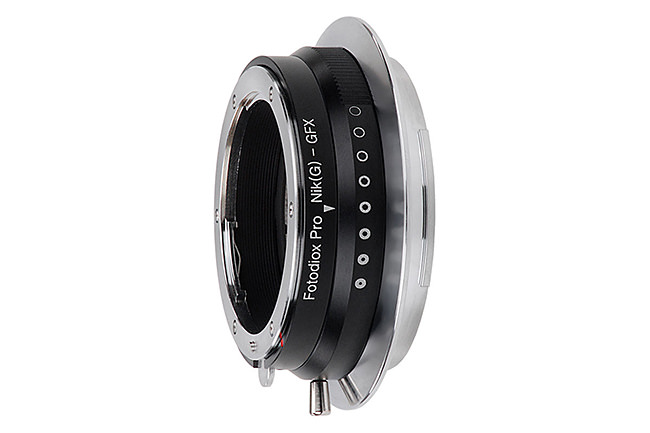I am looking for an adapter that will allow my Sigma 24-35 f2 Art lens to be used on a GFX camera.
The main reason is this lens does not have a manually set aperture ring, so I am looking for an adapter which has an electronic connection. Most of my Zeiss lenses also have electronic connections for setting aperture on Nikon bodies, and it would be nice to be able to control the aperture on them without having to stop down in advance.
Thoughts?
Mike
The main reason is this lens does not have a manually set aperture ring, so I am looking for an adapter which has an electronic connection. Most of my Zeiss lenses also have electronic connections for setting aperture on Nikon bodies, and it would be nice to be able to control the aperture on them without having to stop down in advance.
Thoughts?
Mike






